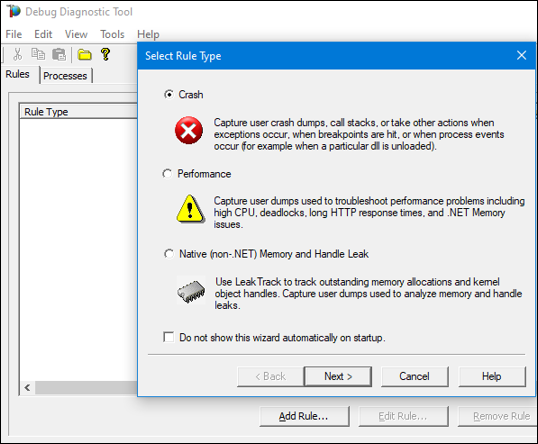

- #System monitor ii infected pdf#
- #System monitor ii infected install#
- #System monitor ii infected android#
- #System monitor ii infected code#
#System monitor ii infected android#
February 2016: Researchers discovered the LokiBot Android Trojan infecting the core Android operating system processes.Īccording to MITRE, LokiBot uses the ATT&CK techniques listed in table 1.December 2016: Dr.Web researchers identified a new LokiBot variant targeting Android core libraries.March 2017: Check Point discovered LokiBot malware found pre-installed on Android devices.
#System monitor ii infected pdf#
#System monitor ii infected code#
#System monitor ii infected install#
LokiBot can also create a backdoor into infected systems to allow an attacker to install additional payloads ( Event Triggered Execution: Accessibility Features ).( Credentials from Password Stores: Credentials from Web Browsers ).The malware steals credentials through the use of a keylogger to monitor browser and desktop activity ( Credentials from Password Stores ).KGaA, Weinheim.LokiBot-also known as Lokibot, Loki PWS, and Loki-bot-employs Trojan malware to steal sensitive information such as usernames, passwords, cryptocurrency wallets, and other credentials. NIR-II bacterial infection bioimaging immune system in vivo imaging. The NIR-II imaging approach enables real-time monitoring of bacterial infection in vivo, thus facilitating spatiotemporal deciphering of time window for antibiotic treatment. Notably, the infected mouse self-heals eventually without antibiotic treatment, as a robust immune system can successfully prevent further health deterioration. Meanwhile, there is a simultaneous variation of dendritic cells, neutrophils, macrophages, and CD8+ T lymphocytes against bacterial infection at the same time points. The NIR-II in vivo imaging results reveal that the number of invading bacteria first decreases after post-injection, then increases from 1 d to 1 week and drop again over time in infected mouse models. The prepared PbS QDs not only provide a low detection limit (10 4 CFU mL -1 ) of four typical bacteria strains in vitro but also show a particularly high labeling efficiency with Escherichia coli (E. Here, a second near-infrared (NIR-II) fluorescence imaging strategy based on lead sulfide quantum dots (PbS QDs) is presented to dynamically monitor bacterial infection in vivo in a real-time manner.
Time window of antibiotic administration is a critical but long-neglected point in the treatment of bacterial infection, as unnecessary prolonged antibiotics are increasingly causing catastrophic drug-resistance.


 0 kommentar(er)
0 kommentar(er)
